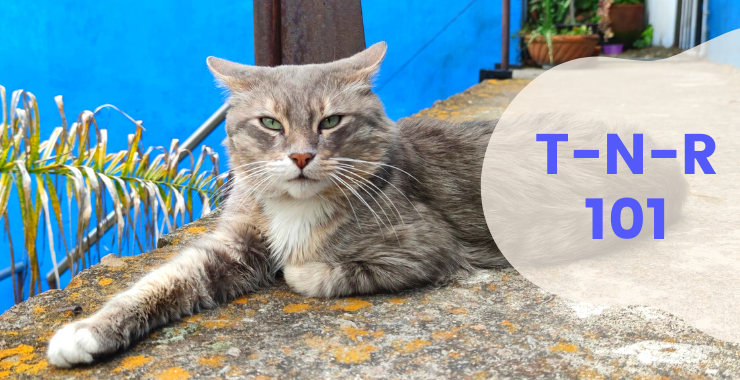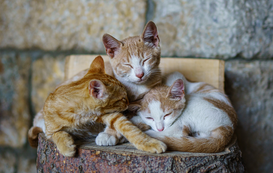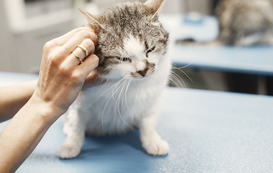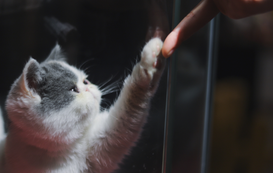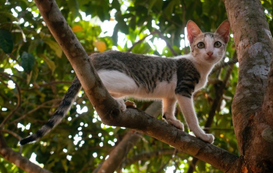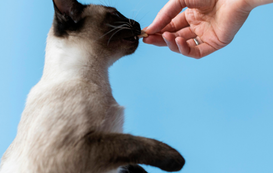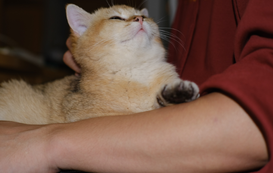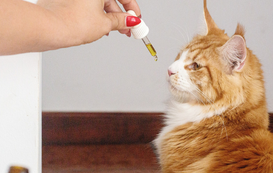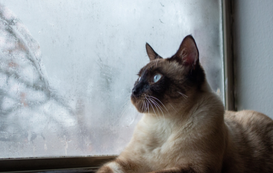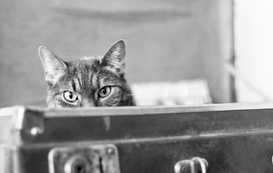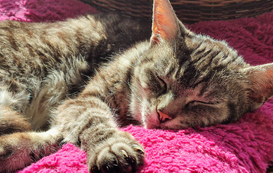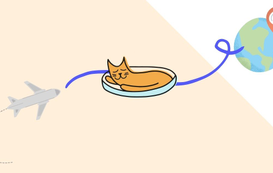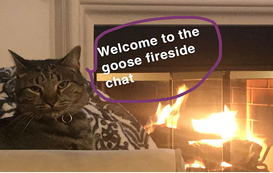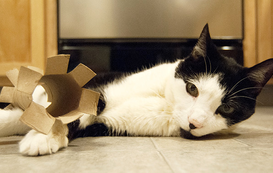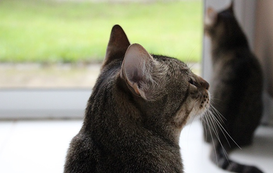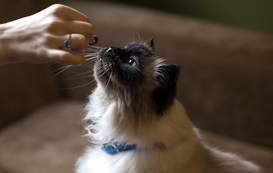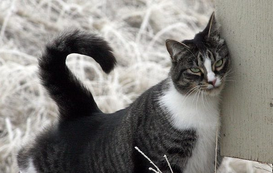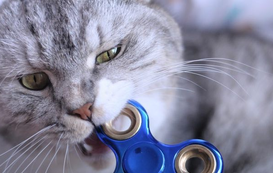Popular posts
Trap, Neuter, Return: The World’s Most Important Cat Enthusiasts
All over the world, feral cats roam the streets of cities with nobody to look after them or guarantee them a good quality of life. They ravage local wildlife at a greater rate than house cats, and they’re often scrappy and weathered from life in the wild. And the problem only worsens with no one to manage these feline populations - the cats are bound to reproduce and run rampant across cities for generations to come.
While life looks bleak for some of these urban cat populations, there are heroes working behind the scenes to help with the growing problem.
Trap-Neuter-Return (TNR) programs across the world are taking action to save cats and slow down the overpopulation problems ravaging wild feline populations in numerous communities. As their title suggests, TNR organizations work to trap local, feral cats, then neutering or spaying them in order to prevent them from reproducing, and finally releasing them back into the wild. Ultimately, this approach stops their populations from growing at an unmanageable pace, and allows experts to help them get the food, water, care, and quality of life that they need and deserve.
TNR is considered the most ethical and humane method of curbing feral cat populations around the world, and there’s good reason for it.
These TNR heroes are incredibly dedicated to offering a better quality of life to cats, and today we’d like to give them a big ‘meow’ as a token of gratitude from all of us here at Meowtel! We’ll also share a few resources and organizations to reach out to if you’re interested in becoming a TNR volunteer - there will always be a need for more help!
How TNR Works
TNR programs are fairly simple in definition, though a little bit more complex in practice. As we mentioned before, TNR stands for “Trap, Neuter (or spay), and Return.” The goal is to use traps to catch feral cats, to neuter or spay them, and to return them to their communities where they will no longer reproduce. The practice of TNR, which only originated in the 1950s, has slowly grown into a global phenomenon, with many communities even passing legislation and policies to help local TNR organizations get the job done.
While the process seems simple enough, TNR requires a lot of hard work from many dedicated volunteers. Trapping cats and getting accurate and precise counts of community felines are both common difficulties faced by TNR organizations, though the practice is gaining recognition still today. These barriers can stifle some of the efforts of TNR organizations, though they’re also able to use various tools, resources, and practices in order to work towards a solution.
Trap
When trapping felines, TNR volunteers usually work to find where local cats eat, requiring them to carefully follow cats around neighborhoods, and sometimes work with local residents to do so. While tracking cats, organizations also try to get a proper headcount of the cats in communities. As you can imagine, the task is a difficult one, though through some organization and tracking systems created for TNR purposes, most organizations are able to create fairly accurate cat population estimates.
Neuter/Spay
Once trapped, the TNR organizations spay or neuter each cat so they can no longer reproduce. They’ll also offer food, water, healthcare, and other needs to the wild cat, before tagging them on the ear to signify that they’ve been trapped, neutered or spayed, and returned. This helps improve headcounts and avoids wasted time on catching previously caught felines. Ultimately, this step is the core of the TNR process, and the reason that the whole process works.
Return
Finally, TNR volunteers return freshly neutered and spayed cats back into their communities, no longer able to increase the cat population. The lowered population of feline hunters, thus, becomes less of a threat to other wildlife populations, including those of birds, rabbits, squirrels, and others.
Today, the practice of TNR is largely supported and accepted by the mainstream, although, like anything, it is not free of criticism.
Criticism Against TNR
Many ask why TNR organizations return these cats, rather than put them up for adoption or other methods that may further decrease the impact of feline populations on local wildlife. A “trap-and-remove” method is acknowledged by some critics instead, however, it’s been largely found to be ineffective, producing something called “the vacuum effect,” in which other cats simply reproduce and refill the space the prior cats took up. In short, a remove methodology does not reduce feline populations in the long run.
Others also ask why these cats are not placed in homes or put up for adoption - the fact is, these cats are wild animals and are no more suitable for domestication than other mammals you might find beyond your backyard.
Still, other skeptics of the widespread acceptance of TNR argue that these programs don’t work, citing both that releasing cats back into the wild is unethical and harms local wildlife populations, as well as the idea that funding should be re-allocated towards more “effective” programs for animals. Few can offer up suggestions as to what programs might be more effective than TNR on a mass scale, so its practice is growing today.
Why TNR Works
In spite of these criticisms, TNR programs do, in fact, reduce populations of feral cats to some degree, and are even backed by ASPCA and most other animal organizations at large. While we can’t guarantee 100% efficacy all the time, reducing cat populations even to a small extent helps protect the populations of other local wildlife in the long run, and is the most humane way to manage feline populations without exposing them to house cats or family members. In addition, widespread funding for these programs have helped communities all over the world manage these feline populations, and TNR specialists are getting better at it every year.
Many TNR volunteers began their involvement in their own backyards - they got to know wild cats in their neighborhoods by feeding them, giving them shelter in their backyard, and ultimately, they wondered how they could help. Many of these caring cat enthusiasts are now the TNR volunteers doing the work in communities across the world today!
How You Can Help
TNR organizations are always looking for people to help with their share of work! The process actually works better if there are more people doing the heavy lifting, as it paints a more accurate picture of cats in our communities with more people on the lookout for red flags. On top of that, a huge number of urban, suburban, and rural communities have issues with cat overcrowding, so the need is there in most places.
Volunteering, donating, and following TNR programs on social media and newsletters are all great ways to stay plugged in.
If you’re interested in helping but still aren’t sure, signing up for a local TNR group’s newsletter or following them on social media are both great ways to see what TNR is about without having to commit to anything. If you’re interested in helping but don’t want to do any hands on work, donating money or other goods is also a helpful resource to TNR organizations. And if you’re one of the heroes that wants to get your hands dirty, call up your local TNR organization and ask how you can volunteer! All of these play a role in helping to reduce the populations of feral cats, and you can help at your own level of comfort.
Beyond searching, “TNR organizations near me,” you can always look to organizations like The TNR Project, Stray Cat Alliance, and others to find ways to donate and volunteer.
In any case, TNR organizations are doing the hard work that every little kitty deserves. Whether you own a cat, or you’re simply a cat enthusiast, be sure to check out TNR programs in your area, and if you can’t find any, start one!
Axel Jacobo Barradas Berglind

